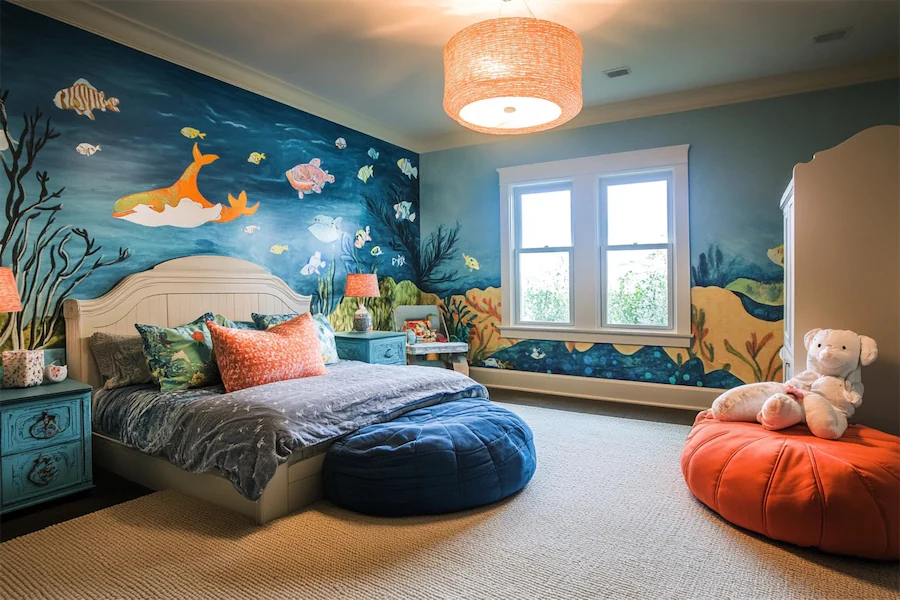A whimsical kid’s room is a playful and enchanting space that combines vibrant colors, imaginative themes, and unique furnishings to create an environment where children can dream, play, and learn. Incorporating elements like fairy-tale motifs, adventurous setups, or fantastical decor can transform a standard bedroom into a magical haven.
History and Origins of Whimsical Kid’s Rooms
The concept of whimsical children’s rooms gained popularity in the late 20th century as parents and designers began to recognize the importance of nurturing a child’s imagination through their environment. Early designs often featured hand-painted murals, themed furniture, and vibrant color schemes, laying the foundation for today’s diverse and creative approaches to children’s interior design.
Key Features of Whimsical Kid’s Rooms
- Thematic Decor: Incorporating specific themes such as enchanted forests, space adventures, or undersea worlds can set a cohesive and imaginative tone for the room.
- Bold Colors and Patterns: Utilizing bright, primary colors and dynamic patterns adds energy and excitement, making the space visually stimulating and engaging.
- Interactive Elements: Features like chalkboard walls, climbing structures, or reading nooks encourage active play and creativity, allowing the room to adapt to various activities.
- Unique Furniture: Selecting furniture pieces that double as play structures or have unconventional designs, such as beds shaped like castles or boats, enhances the whimsical atmosphere.
Applications of Whimsical Kid’s Rooms
- Personalized Spaces: Tailoring the room to reflect the child’s interests, whether it’s a favorite storybook, hobby, or dream destination, makes the space uniquely theirs.
- Educational Environments: Incorporating educational themes like world maps, alphabet walls, or science-inspired decor can make learning a fun and integral part of the room’s design.
- Shared Bedrooms: Designing a whimsical room that caters to multiple children can promote bonding and shared adventures, with elements like bunk beds transformed into treehouses or pirate ships.
Considerations When Choosing Whimsical Designs
- Safety: Ensure all decorative elements and furniture are child-safe, with no sharp edges or hazardous materials.
- Adaptability: Choose designs and themes that can evolve with your child’s changing interests to extend the room’s relevance over time.
- Budget: While it’s tempting to go all out, it’s important to balance creativity with cost, perhaps by incorporating DIY projects or upcycling existing furniture.
Conclusion
Creating a whimsical kid’s room is about blending creativity with functionality to craft a space that delights and inspires. By focusing on themes, colors, interactive elements, and personalized touches, you can design a room that not only meets your child’s needs but also becomes a cherished part of their childhood memories.
